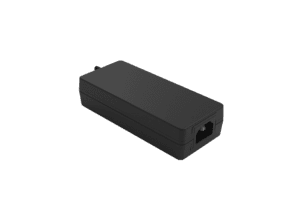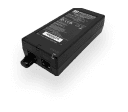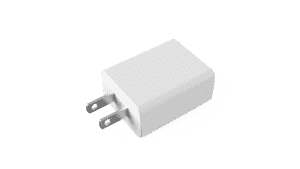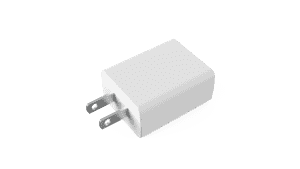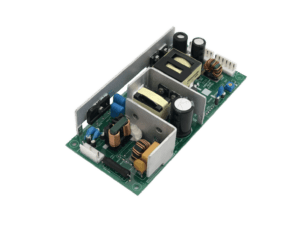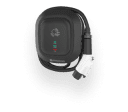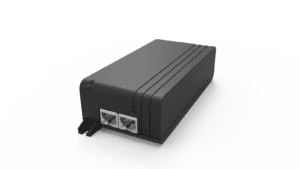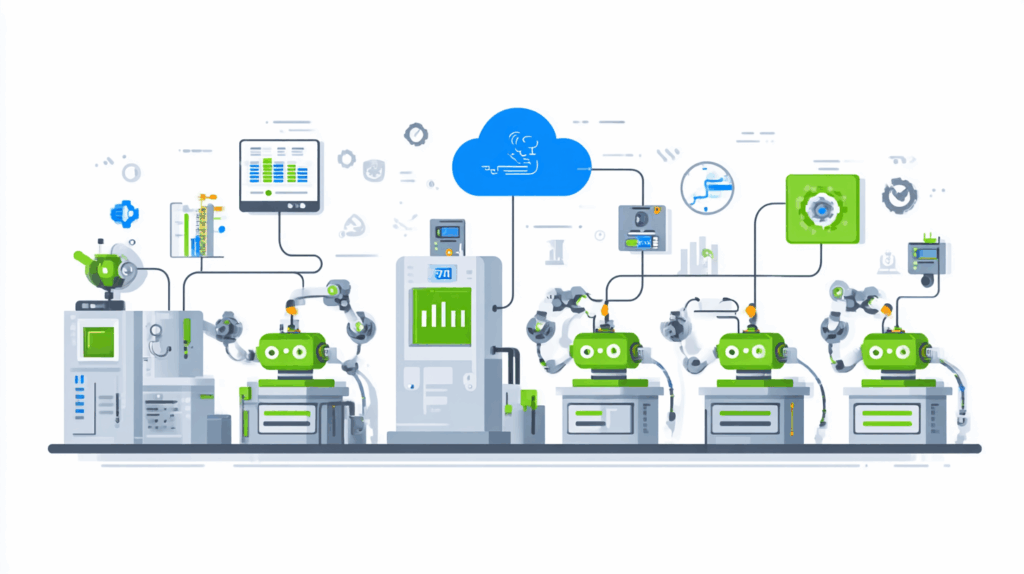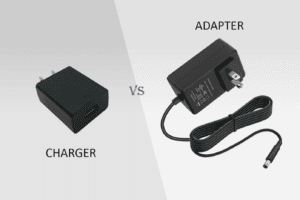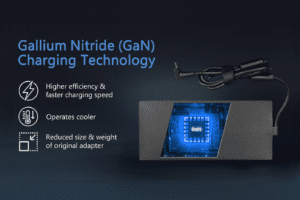BLOG
What OEMs Need to Know About UL 3100 and Safe Power Design for Autonomous and Service Robots
Table of contents
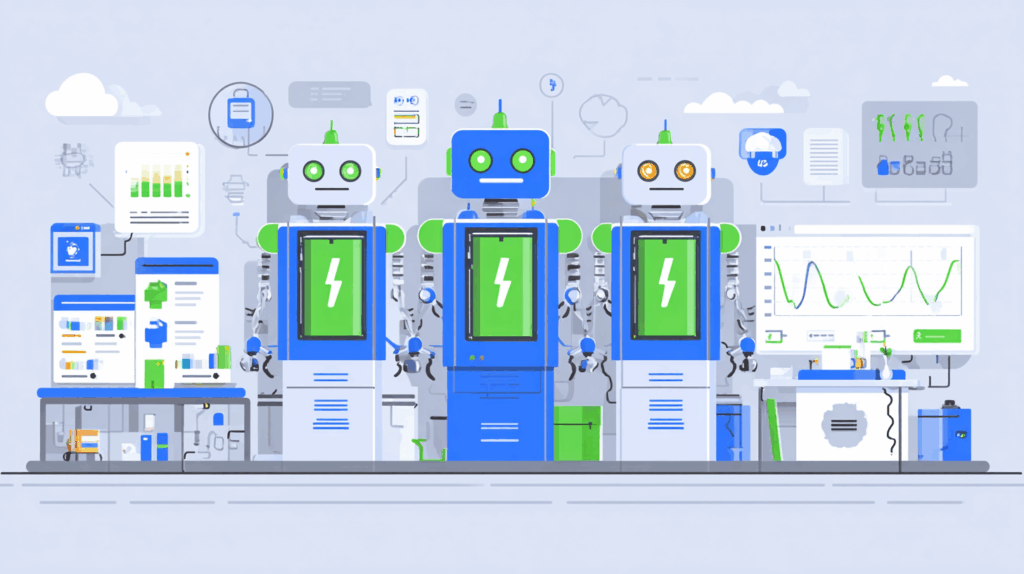
As autonomous service robots become increasingly common in public and commercial environments—think delivery bots in hospitals, disinfection units in airports, and concierge robots in hotels—OEMs face rising pressure to design safe, compliant power systems that meet evolving regulatory standards.
At the center of this safety push is UL 3100, a comprehensive safety standard developed by Underwriters Laboratories specifically for automated electrical equipment used by or near the general public. For robot manufacturers, integrators, and power supply developers, understanding UL 3100 is essential to designing systems that are safe, certifiable, and ready for real-world deployment.
In this article, we’ll break down what UL 3100 means, why it matters, and what OEMs must consider to develop UL-compliant power and charging systems for today’s generation of service and autonomous robots.
What Is UL 3100?
UL 3100 is a safety certification standard for automated electrical equipment intended for use by or near people, with specific emphasis on personal care, service, and delivery robots operating in public, commercial, or institutional environments.
Key Goals of UL 3100
- Protect users from electric shock, fire, overheating, or unintended motion
- Ensure safe integration of battery systems, charging docks, and mobility features
- Establish safety benchmarks for public-facing robots operating without direct human supervision
- Reduce the risk of mechanical failure or power-related hazards in dynamic environments
Typical Products Covered
- Autonomous mobile robots (AMRs)
- Indoor/outdoor delivery robots
- Service robots in hotels, restaurants, and hospitals
- Personal care robots for elderly assistance or sanitation
Best Practices
- Review UL 3100 early in the design cycle—not as a final step
- Ensure your power modules, connectors, and mechanical enclosures are UL-ready
- Engage with a UL testing lab during prototype development for pre-certification guidance
- Document your power flow, fault handling, and thermal safety features
UL 3100 isn’t just about protecting devices—it’s about protecting people who interact with them.
Why UL 3100 Compliance Is Crucial for OEMs
UL 3100 is quickly becoming a minimum safety expectation for autonomous robots operating in public-facing environments. Failing to meet this standard can prevent robots from being deployed in hospitals, malls, airports, and other high-regulation zones.
Top Reasons OEMs Must Prioritize UL 3100
- Safety assurance for unattended robots interacting with people
- Procurement and insurance requirements in commercial and institutional sectors
- Municipal deployment mandates for delivery and sanitation robots
- Regulatory alignment with UL 2593, IEC 60335, and other global safety frameworks
Key Compliance Areas for Power Systems
- Touch-safe voltage levels and insulation barriers
- Overtemperature and overcurrent protection
- Short-circuit fault tolerance and recovery logic
- Ground fault protection and enclosure rating (IPXX)
Best Practices
- Design with thermal runaway prevention for battery-based systems
- Validate that your AC-DC converters and battery chargers are UL-listed
- Include redundant shutdown logic if thermal or electrical faults are detected
- Use materials and connectors tested for flammability and impact resistance
UL 3100 isn’t optional—it’s the ticket to safe, large-scale deployment.
Designing Power Systems That Align with UL 3100 Requirements
To achieve UL 3100 certification, OEMs must ensure that all power system components—internal and external—are engineered for safety under both normal and fault conditions.
Key Elements of a Compliant Power System
- Overcurrent protection with intelligent fusing or breaker systems
- Thermal protection with PTCs, temperature sensors, and controlled shutdown logic
- Isolation between high-voltage and user-accessible circuits
- Smart charging systems with BMS integration and fault tolerance
Safe Charging Dock Requirements
- IP-rated enclosures (typically IP54 to IP67 for public spaces)
- Safety interlocks to prevent power delivery when not docked
- Grounded, touch-safe connectors or magnetic charge interfaces
- Fault logging and remote disable features
Best Practices
- Use UL-certified power supply modules (UL 1310, UL 62368-1)
- Include dielectric isolation testing and thermal modeling early in your development
- Validate all charging logic under real-world fault simulation (e.g., wet hands, metal debris)
- Choose connectors that are touch-proof, sealed, and impact-resistant
Safe power design means reducing all electrical risks—especially in uncontrolled public environments.
CLIENT'S QUOTE
"Phihong’s PoE solutions have made a huge difference for us! Our network runs more efficiently, and we’ve seen real cost savings. We couldn’t be happier!"
How UL 3100 Relates to Other Safety Standards
UL 3100 intersects with several other safety regulations, making it a central pillar in the broader compliance landscape for service robots.
Related Standards
- UL 2593 – Covers battery chargers for service equipment like floor scrubbers
- UL 2231-1 / 2231-2 – Addresses shock protection and leakage current
- IEC 60335-1 / 60335-2-72 – International standards for electrical appliances and floor-cleaning machines
- UL 94 V-0 – Flame retardancy standard for plastics and enclosures
How They Work Together
- UL 2593 applies specifically to the charger; UL 3100 covers the whole robot system
- UL 2231 is often referenced within UL 3100 for connector safety
- IEC 60335 is required for international product launches and CE marking
- All are used together to build a complete, globally compliant safety profile
OEMs that design for UL 3100 will find themselves better prepared for multimarket compliance and faster global deployment.
How Phihong USA Helps OEMs Build UL 3100-Ready Power Systems
Phihong USA is a trusted provider of safety-certified, intelligent power systems for autonomous and service robots. We help OEMs meet UL 3100 and related safety requirements with:
- UL 3100-compliant AC-DC and DC-DC power modules
- Touch-proof, IP-rated charging connectors
- Thermal protection and smart fault-handling logic
- BMS-compatible CANBus/UART communication for chargers and docks
- Engineering support for dielectric testing, fault analysis, and compliance documentation
From embedded robot power supplies to public-facing charging docks, Phihong provides field-ready power solutions designed to meet safety and certification demands.

Contact Our Team Today!
Our dedicated sales team and international partners are prepared to support you with your latest projects and initiatives globally.
Explore More with Phihong USA
As we conclude our exploration of PoE technology, it’s evident how these innovations are streamlining power and data integration across various industries. Phihong USA stands at the forefront of this technological advancement, offering a diverse range of power solutions designed to meet the evolving needs of modern industries.
Phihong USA’s extensive product lineup includes:
- Power over Ethernet (PoE) Solutions: Delivering reliable power and data transmission over a single cable, ideal for simplifying network installations and reducing costs.
- AC/DC Adapters and Power Supplies: From compact adapters to industrial-grade power supplies, Phihong provides solutions that ensure efficiency and reliability in various applications.
- Battery Chargers: Customizable chargers for lithium-ion and lead-acid batteries, supporting a wide range of power requirements for mobility and industrial applications.
- Medical Power Supplies: Specialized power solutions designed to meet the stringent requirements of the healthcare industry, ensuring safety and reliability.
Phihong USA is committed to innovation and excellence, continually developing products that meet the highest standards of performance and reliability. Their global reach and dedication to customer support make them a trusted partner in powering the future.
Here are some useful links to explore Phihong USA’s offerings further and bring in new potential clients:
Visit Phihong USA to discover how their advanced power solutions can support your business needs. Whether you’re looking to upgrade your network, or find reliable power supplies, Phihong USA has you covered.
By choosing Phihong USA, you’re partnering with a leader in power technology, ensuring your operations run smoothly and efficiently with top-tier power solutions. Contact Us today!
FAQ
What types of robots fall under UL 3100?
UL 3100 is intended for automated electrical equipment used in public or semi-public spaces, including:
- Autonomous delivery robots
- Indoor service or concierge robots
- Healthcare and sanitation robots
- Food and beverage service bots
Essentially, any robot that interacts with people without direct human supervision may fall under this standard.
How does UL 3100 differ from UL 2593?
UL 2593 is primarily focused on battery chargers and charging systems, while UL 3100 covers the full robotic system, including mobility, power, thermal safety, and public interaction risks. For OEMs, both may apply: UL 2593 for the charging dock, and UL 3100 for the robot itself.
What documentation is needed for UL 3100?
You’ll need:
- Full electrical schematics and thermal profiles
- Mechanical drawings of enclosures and interfaces
- Test plans and results for fault scenarios
- Safety analysis and risk mitigation reports
Phihong helps clients prepare these documents and align their designs for faster approval and fewer revisions.
Can off-the-shelf power modules be UL 3100-compliant?
They can be—if they’re UL-listed and designed for use in a UL 3100-certified system. Phihong offers pre-certified power supplies that simplify your path to full robot certification. However, the full system—including how the module is used—must still meet all UL 3100 criteria.
How does Phihong support OEMs during certification?
Phihong USA provides:
- Pre-tested and pre-certified power modules
- Engineering guidance for UL 3100, 2593, 2231, and IEC 60335 compliance
- Schematics, datasheets, and thermal specs ready for submission
Collaboration with UL testing labs and certification bodies
We work with OEMs to build safe, certifiable power solutions from day one—avoiding delays and field risks.

